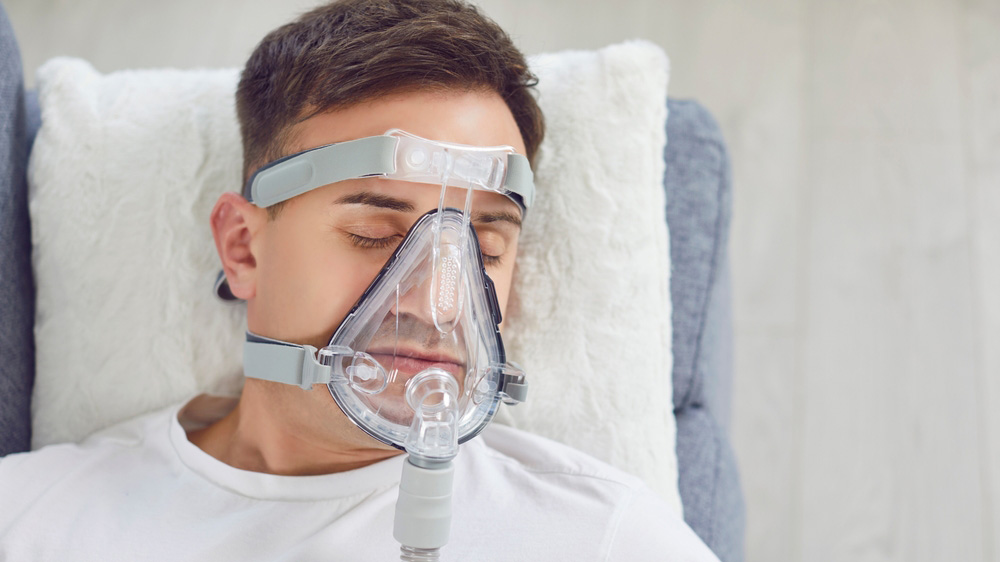If your sleep is punctuated by snoring worthy of an orchestra or sudden awakenings, sleep apnea might be the culprit. More than just a sleep disorder, this syndrome affects about 4% to 9% of the population and can have serious consequences on health and quality of life. But the good news is that understanding this phenomenon is the first step towards a liberated nighttime breath and finally restorative nights.
Symptoms of Sleep Apnea: When Sleep Betrays Its Mission
Sleep apnea manifests as repeated breathing pauses during the night. These interruptions can last 10 to 30 seconds and occur dozens, even hundreds of times a night. The main symptoms include:
- Nocturnal: Loud snoring, the sensation of suffocation, repeated micro-wakings, and sometimes nightmares related to choking.
- Diurnal: Persistent fatigue, drowsiness, concentration and mood disturbances, as well as a decrease in libido.
Night sweats or nocturia (frequent need to urinate at night) are also common. These symptoms significantly disrupt the quality of life, even affecting personal and professional relationships.
Risks Associated with Sleep Apnea: Beyond Simple Fatigue
Sleep apnea is far from a mere inconvenience; it is linked to major health risks:
- Cardiovascular: Hypertension, arrhythmias, strokes, and heart failure. These conditions arise from intermittent blood oxygenation and increased stress on the heart.
- Metabolic: Type 2 diabetes and metabolic syndrome are often associated with this disorder.
- Accidents: Excessive daytime drowsiness is a frequent cause of car and work accidents.
Children and adolescents are not spared, though the causes often differ (enlarged tonsils, facial abnormalities).
Understanding the Causes and Risk Factors
The relaxation of the throat muscles, which partially or fully blocks the airways, is at the heart of the problem. Various factors increase this risk:
- Obesity: Excess fat around the neck reduces airway space.
- Sex and Age: Men and the elderly are more affected, although postmenopausal women catch up.
- Lifestyle Habits: Alcohol, tobacco, or sedative consumption worsens nighttime muscle relaxation.
- Genetic and Morphological Factors: Neck circumference, jaw abnormalities, and chronic nasal obstructions also play a role.
Diagnosing Sleep Apnea: Sleep Under Surveillance
A reliable diagnosis often requires polysomnography. This laboratory study measures vital parameters during sleep (heart rate, breathing movements, oxygen saturation). A simpler alternative, ventilatory polygraphy, may sometimes be sufficient. These tests establish an Apnea-Hypopnea Index (AHI) to quantify severity:
- Mild: 5-15 pauses per hour.
- Moderate: 16-30 pauses.
- Severe: More than 30 pauses.
Solutions for Better Breathing at Night
- Hygiene and Lifestyle Measures: The Foundation of Good Night Health
- Weight loss: Since obesity is the primary risk factor, losing weight drastically reduces symptoms.
- Posture changes: Sleeping on the side helps prevent airway obstruction.
- Healthy lifestyle: Limiting alcohol, tobacco, and sedatives improves throat muscle tone.
- Mechanical Devices: Customized Solutions
- Mandibular Advancement Devices (MAD): Ideal for mild to moderate cases, they maintain the jaw forward to clear the airways.
- Continuous Positive Airway Pressure (CPAP): The treatment of choice for severe cases. This mask injects a constant airflow to prevent obstructions.
- Surgery: A Last Resort
In extreme cases, interventions such as uvulopalatopharyngoplasty or jaw repositioning may be considered. These target anatomical obstructions directly.
Prevention: Better Safe Than Sorry
Adopting a healthy lifestyle remains the best defense against sleep apnea. In addition to the aforementioned measures, regular medical checkups help detect any disorders as soon as they appear.
What If We Took Back Our Breath?
Sleep apnea is not a fate you have to accept. With appropriate care, nights can return to being peaceful and days more energetic. So, whether you’re a proud snorer or a chronic fatigue sufferer, a proper diagnosis could transform your life.
Sources:
- BMJ Open Respiratory Research – “Sudden death in individuals with obstructive sleep apnoea”.
- NIH – “Sudden death and obstructive sleep apnea“.
- Journal of the American College of Cardiology – “Obstructive sleep apnea and its cardiovascular impact”.
- ScienceDirect.com – “The effects of sleep apnea on brain function”.
- The Lancet Respiratory Medicine – “Risk of hypertension with sleep apnea”.


